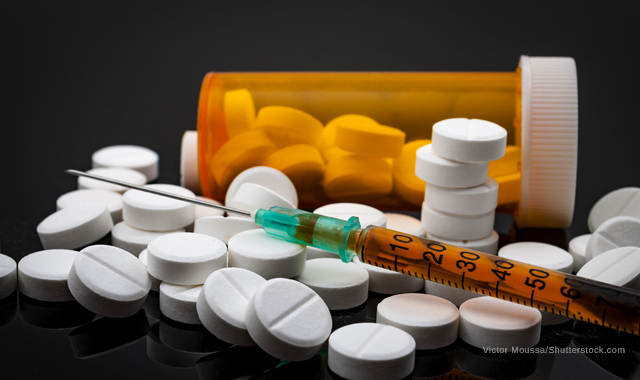FDA Foreshadows Stronger Opioid Enforcements and New R&D Guidelines
Increasing death tolls have prompted significant initiatives from governmental agencies.

The FDA has slowly taken measures and adopted new initiatives to combat the opioid epidemic, but few have resulted in any substantial changes. 2018 saw the greatest amount of effort aimed at various aspects of the epidemic - from building stronger regulatory steps, to reducing patient opioid exposure, and even tackling illicit proliferation of unapproved and misbranded versions of opioid medications.
According to the CDC, more than 70,000 American deaths are attributed to drugs each year. Of that amount, 47,600 deaths were attributed to opioid overdose in 2017. Furthermore, 32% of those cases were linked to prescription pills, whereas the remaining 68% were linked to illegal heroin and fentanyl.
On Feb. 26, FDA Commissioner, Scott Gottlieb, M.D, released a statement detailing the administration’s 2019 plans to reduce the misuse and abuse of opioid drugs, support addiction recovery and reduce overdose deaths from opioids, bolster research and innovation for non-addictive pain treatments, and even strengthen enforcement against illicit opioids.
Trending: Guidelines for Shingles Vaccines
Regarding enforcement, the FDA has recently established partnerships with the U.S. Customers and Border Protection to develop more accurate chemical profiles of drugs to better determine potency. Seizures are typically only recorded in the pounds of drugs confiscated, which does not always accurately represent the danger of the concentration of the molecules. The FDA was also granted a $20-million sliver of the 2019 budget to build a large-scale data warehouse that will dramatically improve analytic capabilities to analyze trends and help secure the legitimate supply chain under the Drug Supply Chain Security Act, (DSCSA).
To deter exposure to opioid medications, the FDA will develop new clinical endpoints and appropriate clinical trial approaches for research and development organizations looking to develop non-addictive pain treatments. The administration plans to develop new methods to analyze and evaluate the abuse-deterrent features of these new molecular entities, while also revising extant abuse-deterrent nomenclature. Anticipating the barriers to acquiring new, likely expensive medications, Gottlieb said the FDA will also facilitate the development of science for the production of generic versions of abuse-deterrent products.
For those at a greater risk for developing opioid addiction, Gottlieb says the FDA is looking into new efforts that will advance the development and use of safe and effective medication-assisted therapies (MATs). These advancements are to include digital health tools, advanced policies, and partnerships between organizations and stakeholders to reduce MAT stigma. Furthermore, the FDA is looking to expand its naloxone availability through prescriptions, which it says will help reduce overdose deaths but says might induce more stigmas and fears within patients looking to gain treatment from medicine or admit substance abuse tendencies.
Reducing the misuse and abuse of opioid drugs will take a reconsideration of the Substance Use-Disorder Prevention that Promotes Opioid Recovery and Treatment for Patients and Consumers Act. Specifically, the FDA is looking into the implementation of certain packaging materials to be required for opioids and other drugs that pose serious risk of abuse and/or overdose. Interestingly, the only time the packaging would actually be required is if the packaging were determined to actually mitigate any abuse risks. No molecules or drugs were named in the Feb. 26 press release; however, general targets include “certain solid, oral dosage forms of immediate-release formulations of opioid analgesics indicated for acute pain."